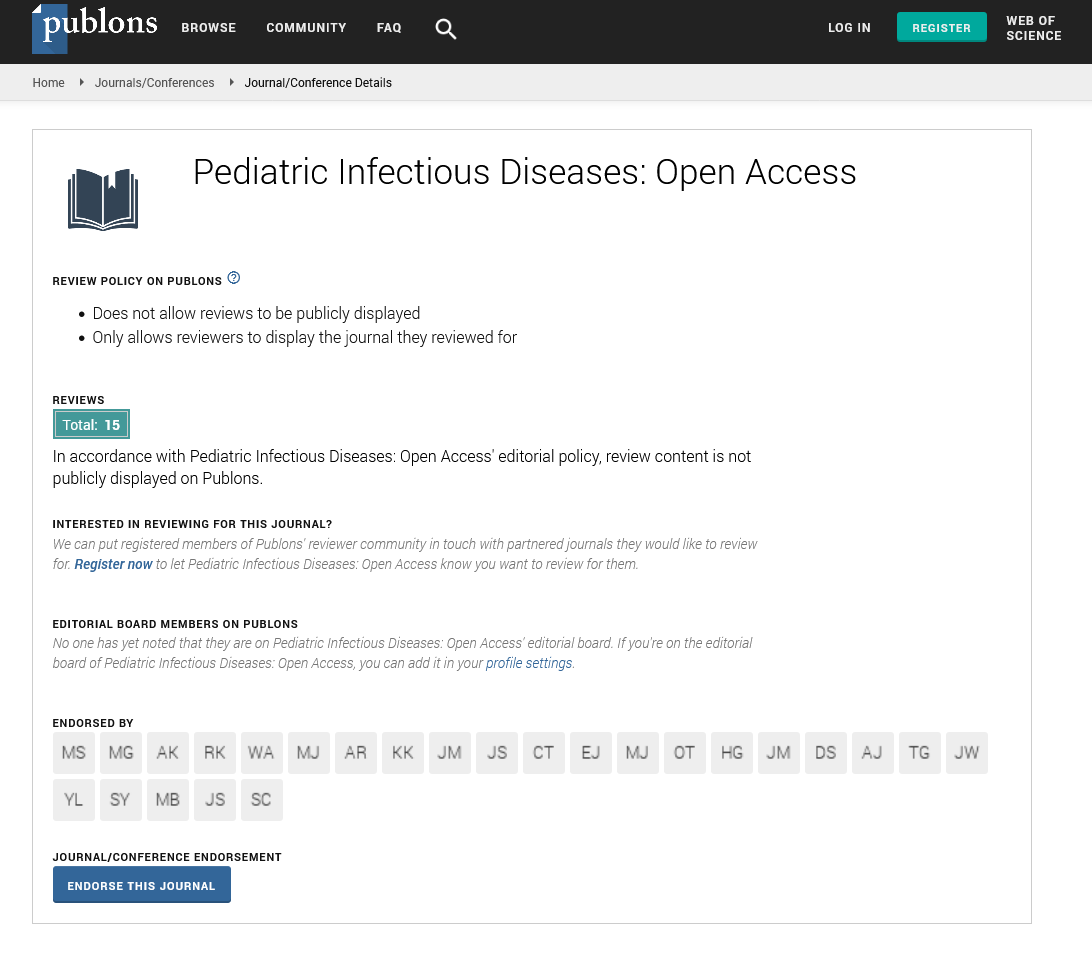Abstract
Spectrum of Diseases seen on Neonatal Ward at Komfo Anokye Teaching Hospital, Kumasi, Ghana
Objectives: This study aimed to determine the spectrum of diseases admitted to the neonatal unit of a Teaching Hospital in Ghana.
Methods: Prospective cross-sectional descriptive study done on Mother Baby Unit (MBU), the neonatal ward, of Komfo Anokye Teaching Hospital, Kumasi. Data were collected daily between 8 hrs and 20 hrs GMT. Information was obtained from both the clinical team and the mothers of the neonates. Data obtained included age, weight, sex, place of delivery and diagnosis including congenital anomalies and syndromes. Analysis was done using Stata version 12. Ethical approval was obtained from Committee on Human Research Publication and Ethics. Informed consent was obtained for each neonate before recruitment.
Results: A total of 1580 neonates were recruited during the study period, 57.03% were normal males, 42.22% were normal females while 0.76% had ambiguous genitalia. Majority of the neonates, 64.87% were delivered at KATH labour ward, 23.96% were delivered at hospitals and clinic within Kumasi but outside KATH and 11.27% from outside Kumasi. The reasons for admission were neonatal sepsis (38.10%), birth asphyxia (27.91%), neonatal jaundice (18.86%), congenital malformations (7.09%), syndromes (1.77%) and genital anomalies (1.47%). Prematurity was the cause of admission for 31.27% of babies.
Conclusion: Majority of admissions at MBU is from KATH labour ward with most of them having neonatal sepsis and birth asphyxia. Admissions due to congenital malformations including syndromes are quite significant. There is the need to improve delivery practices to prevent or reduce asphyxia.
Author(s):
Emmanuel Ameyaw, Serwah Bonsu Asafo-Agyei and Gyikua Plange-Rhule
Abstract | Full-Text | PDF
Share this

Google scholar citation report
Citations : 230
Pediatric Infectious Diseases: Open Access received 230 citations as per google scholar report
Pediatric Infectious Diseases: Open Access peer review process verified at publons
Abstracted/Indexed in
- Google Scholar
- China National Knowledge Infrastructure (CNKI)
- Cosmos IF
- Secret Search Engine Labs
Open Access Journals
- Aquaculture & Veterinary Science
- Chemistry & Chemical Sciences
- Clinical Sciences
- Engineering
- General Science
- Genetics & Molecular Biology
- Health Care & Nursing
- Immunology & Microbiology
- Materials Science
- Mathematics & Physics
- Medical Sciences
- Neurology & Psychiatry
- Oncology & Cancer Science
- Pharmaceutical Sciences


